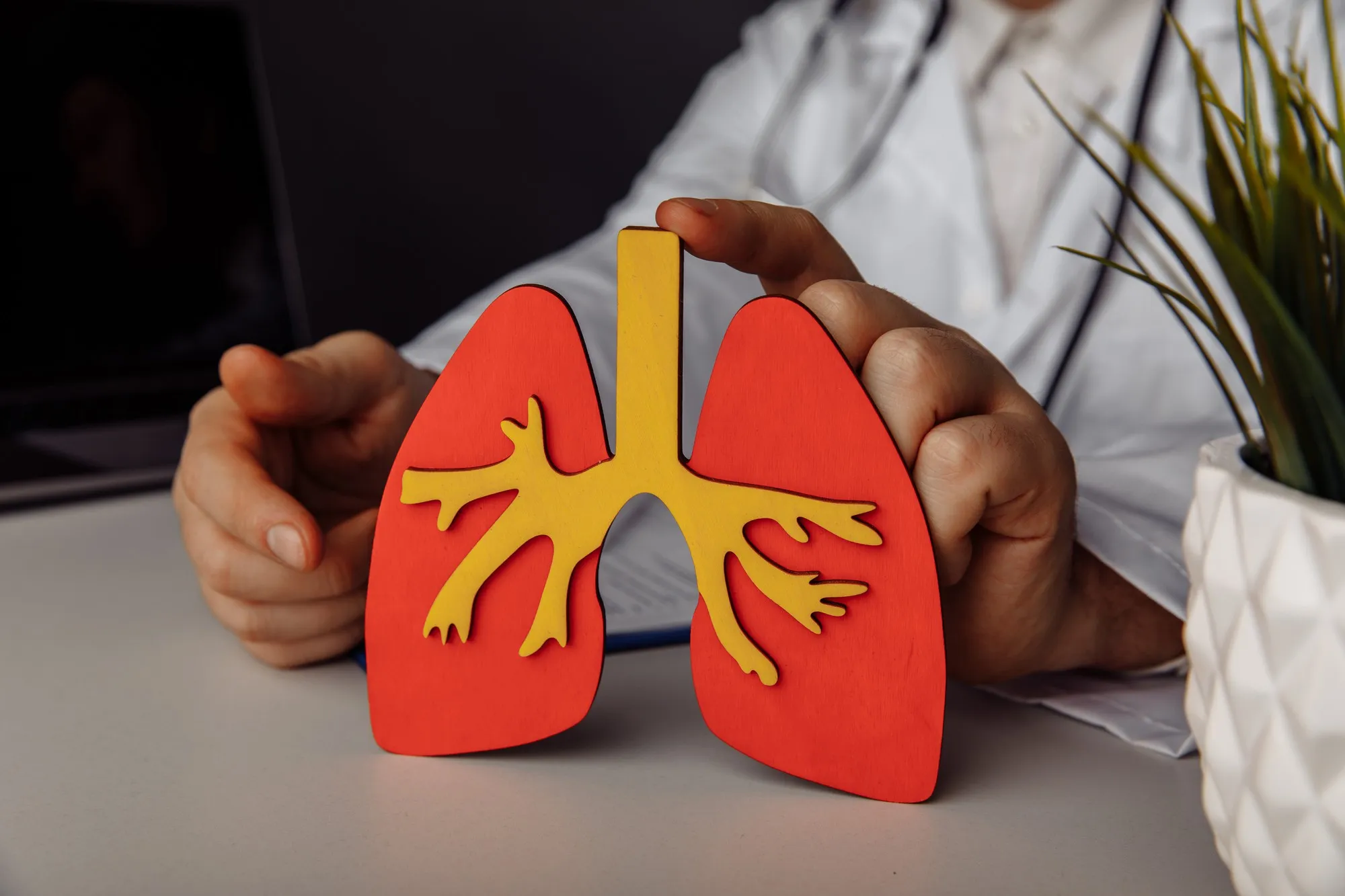In groundbreaking research published on January 26, 2024, in the esteemed journal “The Science of the Total Environment,” scientists from the Guangdong-Hong Kong-Macao Joint Laboratory for Contaminants Exposure and Health have shared new worrying evidence about the dangers of certain polycyclic aromatic hydrocarbons (PAHs), specifically pyrene and its derivatives. Their study, titled “Pyrene and its derivatives increase lung adverse effects by activating aryl hydrocarbon receptor transcription,” offers detailed insights into how these compounds affect lung health, information that is vital for environmental regulations and public health policies.
DOI: 10.1016/j.scitotenv.2024.170030
The Menace of Pyrene Derivatives
Pyrene, a PAH, is a pervasive pollutant derived from incomplete combustion processes, such as those occurring in industrial settings and vehicle exhausts. While the health implications of pyrene itself have been known, this research—led by scientists including Wang Mei, Luo Na, Gao Yanpeng, Li Guiying, and An Taicheng—delves into the perils posed by its derivatives: 1-hydroxypyrene, 1-nitropyrene, and 1-methylpyrene.
Using a combination of in vitro (test tube) and in vivo (living organism) methods, the team discovered that these derivatives are more harmful than pyrene itself. The alarming findings suggest that these compounds, once released into the environment, might increase the risks of developing severe lung conditions.
Aryl Hydrocarbon Receptor (AhR)—A Culprit in PAHs’ Menace
Central to the study was the aryl hydrocarbon receptor (AhR), a protein that, when activated, influences the expression of specific genes, including CYP1A1 and CYP1B1—both related to detoxification processes in cells. Intriguingly, the researchers found that pyrene and its derivatives act as agonists for AhR, boosting adverse effects on lung health.
Through molecular dynamics simulations—a sophisticated technique to model molecular interactions—the scientists revealed that these compounds bind with AhR with energies ranging from -16.07 to -27.25 kcal/mol. This indicates a strong affinity for activation, with 1-nitropyrene showing particularly stable binding and potent stimulation of AhR.
The Role of Key Amino Acids
The effect of pyrene and its derivatives on AhR also depends on the type and number of amino acids in the receptor’s structure, the study explains. With derivatives binding differently based on their molecular compositions, this influences the strength of the AhR response. For example, the amino acid Leu293 is critical for pyrene, while Cys333, Met348, and Val381 significantly affect the activity of 1-nitropyrene.
A Call to Action
The implications of these discoveries are profound. With PAHs and their derivatives found everywhere—from the air we breathe due to pollution, to the charred meats on our plates—the study highlights the urgent need for more stringent environmental regulations and public health initiatives aimed at reducing exposure to these risky compounds.
The findings also open new avenues in drug development, as understanding how these substances activate AhR could pave the way for blocking or mitigating their harmful effects.
No Conflicts of Interest
The authors disclosed that they have no competing financial interests or personal relationships that could have influenced the work reported in this paper, assuring the study’s integrity and the importance of its findings to the scientific community and the public.
Reference List (APA)
1. Wang, M., Luo, N., Gao, Y., Li, G., & An, T. (2024). Pyrene and its derivatives increase lung adverse effects by activating aryl hydrocarbon receptor transcription. The Science of the Total Environment, 170030. https://doi.org/10.1016/j.scitotenv.2024.170030
Keywords
1. PAHs health effects
2. Pyrene lung disease
3. AhR activation by pollutants
4. Molecular dynamics simulations toxicity
5. Environmental contaminants PAHs
This research reveals an unexplored dimension of environmental pollutants’ impact on human health and continues to underscore the critical need for advanced research to map out the mechanistic pathways of these toxic substances, thus helping to devise strategies for better prevention and potentially curative interventions against their effects. As humanity grapples with concerns of environmental degradation and its health implications, leading-edge investigations such as this bring us closer to apt solutions and safer futures.
